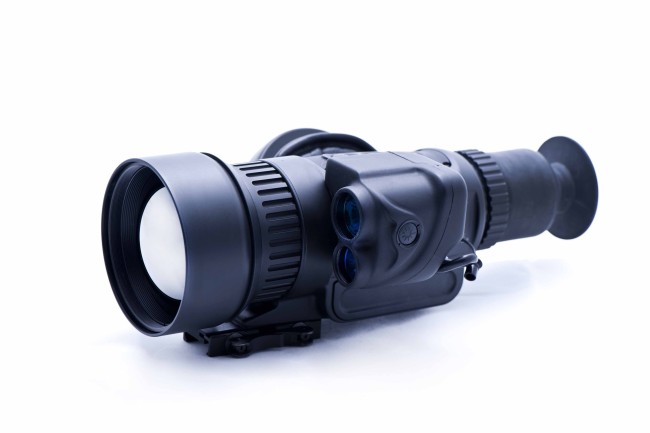Human eyesight is reduced as the sun goes down, and the surrounding environment gets darkened. However, because of technological breakthroughs, we are now able to look into this gloom and use thermal imaging to uncover a secret realm.
Thermal optic technology enables us to view the heat fingerprints of objects and living things by detecting and interpreting infrared radiation, giving us important new insights into a world that is still hidden from our naked eyes.
The thermal monocular stands out among the different gadgets that use this technology as a flexible and portable instrument that allows for real-time perception and analysis of thermal patterns.
In this article we will discuss about the interesting field of thermal imaging, dive into its underlying science, go through the benefits and uses of thermal monoculars, and speculate on its possibilities in the future.
Understanding Thermal Imaging Science
The fundamental idea that all objects produce infrared light when their temperature is higher than absolute zero (-273.15°C) is the basis of thermal imaging.
A thermal imaging camera can find and see this radiation, which is undetectable to the human eye. The infrared radiation that enters the camera is focused by its lens onto a microbolometer-based sensor.
These temperature-sensitive microbolometers transform infrared radiation into electrical impulses.
After being analyzed by specialized software, the electrical impulses produced by the microbolometers result in a thermal picture. Different hues or tones in this graphic stand for various temperatures.
Brighter colors, such as red, orange, or yellow, are produced by warmer objects, which also release more infrared radiation. Cooler things, on the other hand, produce less radiation and seem deeper in color, like blue or purple.
Users can distinguish temperature variations and recognise things based on their thermal fingerprints thanks to this color-coded depiction.
Outdoor Recreation: Thermal monoculars enhance evening activities’ safety and enjoyment for hikers, campers, and other outdoor lovers.
Future Thermal Imaging Developments
Thermal imaging is still developing and getting better, much like most other technical advances. Thermal imaging technology is being actively improved by researchers and developers, opening the door to a bright future:
Future thermal monoculars are projected to have improved picture resolution, enabling crisper and more detailed thermal images.
Enhanced Connectivity and Integration: The integration of thermal monoculars with other intelligent systems or devices allows for easy data exchange and analysis.
Extended Battery Life: Thanks to improvements in battery technology, thermal monoculars should have more dependable power sources that can withstand prolonged operation.
Software and AI innovations: Better software and AI algorithms may produce cutting-edge features like automatic item detection, temperature monitoring, and predictive analysis.
Cost and Accessibility: As technology advances, it is anticipated that thermal imaging equipment, particularly thermal monoculars, will become more cost-effective and accessible to a larger variety of consumers.
Conclusion:
How humans experience and interact with the dark has been fundamentally altered by thermal photography and the development of thermal monoculars. Thermal imaging technology has created new opportunities in a variety of industries, by using the power of infrared radiation.
Future developments in thermal imaging technology hold the prospect of ever more advanced and reasonably priced thermal monoculars.
We will reach new levels of invention and discovery as a result of these breakthroughs, which will increase our ability to explore and comprehend the world of heat signatures that is invisible to the naked eye.
Thermal monoculars from www.defendandcarry.com will always be valuable allies, enabling us to see through the darkness and appreciate the invisible treasures that are all around us, whether we are in the wilderness or in metropolitan settings.
